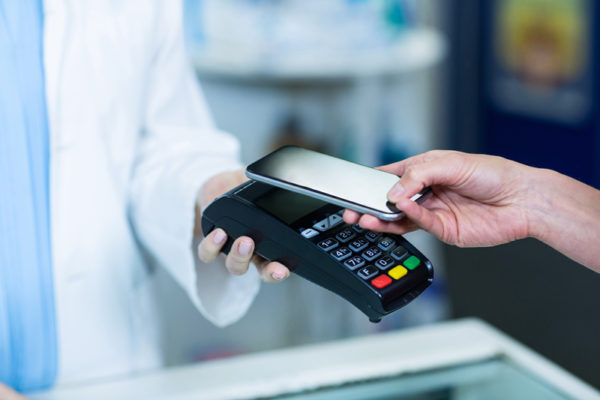Mastering the Mobile Micropayment Revolution – A Comprehensive Guide
In recent years, the rise of mobile micropayments has revolutionized the way individuals and businesses conduct transactions. Micropayments involve small, typically digital, transactions that are usually under a certain monetary threshold. With the advent of smartphones and various mobile payment platforms, these small transactions have become increasingly prevalent, offering new opportunities and challenges for both consumers and businesses. This comprehensive guide explores the landscape of mobile micropayments, providing insights into their significance, implementation, best practices, and potential future developments.
- Understanding Mobile Micropayments:
Mobile micropayments are transactions involving small amounts of money, often ranging from a fraction of a cent to a few dollars. They are facilitated through mobile devices such as smartphones or tablets and are widely used for digital goods, services, content, or in-app purchases.
- Significance of Mobile Micropayments:
Accessibility and Convenience: Micropayments offer a convenient way to make small purchases without the need for physical cash or credit cards.
Enhanced User Experience: For businesses, integrating micropayments can lead to a better user experience by allowing seamless, instant transactions within mobile applications.
Monetizing Digital Content – Content creators can monetize their offerings, such as articles, videos, or in-game items, by setting a minimal charge for access.
- Implementation and Platforms:
Mobile Payment Apps: Utilize popular mobile payment apps like Apple Pay, Google Pay, Samsung Pay, and PayPal to facilitate micropayments and site here https://www.moneylife365.com/.
In-App Purchases: Implement in-app purchase functionalities within your mobile application to allow users to buy digital content or features.
Carrier Billing: Enable direct billing through the user’s mobile carrier, where charges are added to their phone bill.

- Best Practices for Implementing Mobile Micropayments:
Streamlined Checkout Process: Optimize the payment process to be quick, intuitive, and secure to encourage users to make impulsive micropurchases.
Transparent Pricing: Clearly communicate the cost and terms of the transaction to users to build trust and avoid any surprises.
Security Measures: Employ robust security measures to protect user data and financial information, instilling confidence in users to engage in micropayments.
- Challenges and Solutions:
Transaction Fees: High transaction fees can eat into the profits of micropayments. Solutions include bundling transactions or negotiating lower fees with payment providers.
User Adoption: Encourage users to adopt micropayments by offering incentives, discounts, or exclusive content for making small purchases.
In conclusion, mastering the mobile micropayment revolution involves embracing this growing trend, understanding its significance, implementing best practices, overcoming challenges, and staying updated with emerging technologies. By leveraging mobile micropayments effectively, businesses can enhance user experiences, drive revenue, and adapt to the evolving landscape of digital transactions.
